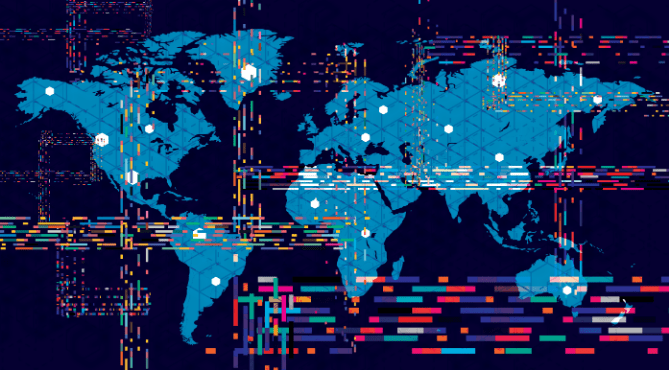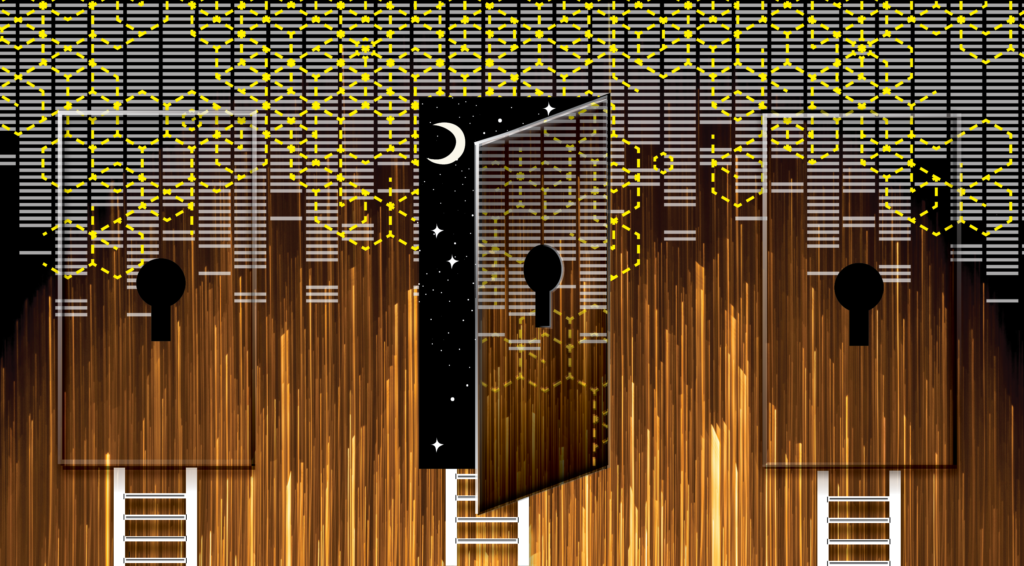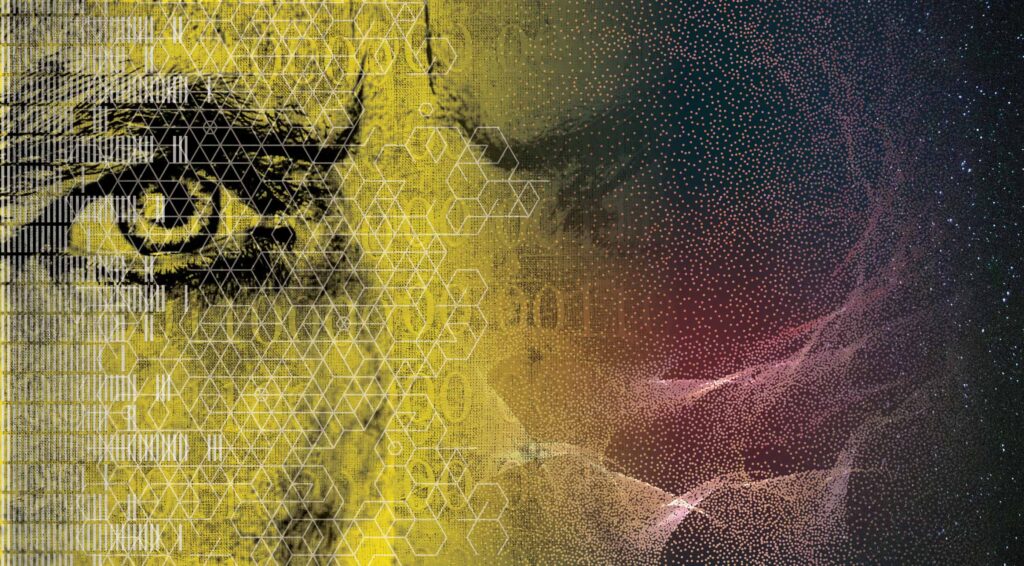
One of the critical aspects of Web3 technology is the protective power of decentralization. By taking advantage of the unprecedented interconnectivity of the modern internet, we can arrive at previously unimaged storage solutions. While on the surface, storage had looked the same all these years, behind the scenes, we’ve made massive strides to build a more secure and accessible workplace online. Digital sharding is a technique in our toolbelt that has revitalized file storage security in ways that are both fascinating and revolutionary.
What is Digital Sharding?
To understand digital shards, we need first to understand decentralization. Currently, the internet lives on centralized structures. Think about some of your favorite websites. Say you’re a regular reader of a webcomic. That comic and website both live on a single server somewhere on the internet. All of its information, the comic itself, the layout, and the text on the site, sits in a relatively inaccessible hard drive segment silently providing access to its readers. This is what tech companies mean when they talk about centralization. The term references a storage system that relies on storing data in a single, centralized location.
The opposite end of the spectrum then is decentralization. When we decentralize a storage system, what we’re doing is taking advantage of multiple servers across the planet. Instead of housing all of our information in a single place, we will create backups or secondary, identical access points. If your online comic in this example is decentralized, then the loss of a single server would no longer mean a loss of the comic. Hackers looking to pull a site from the internet in exchange for a ransom would have to track down and breach every iteration of the comic before they could successfully commandeer.
Digital shards are simply an expansion of the idea of decentralized backups. Instead of creating and saving several full versions of the same data, digital shards are packages that are separated from each other and stored across a series of different servers. These individualized packages can only be brought back together by authorized users, creating an infrastructure that’s much more difficult to breach.
Digital sharding and database shards are an integral part of blockchain technology. They’re examples of what’s referred to as a shared-nothing architecture[1]. Shared-nothing architectures are entirely autonomous, which means that each server participating in the decentralized system runs entirely on its own. This individualized participation bolsters the security and resilience of a decentralized system. Blockchains are “write-once” ledgers of actions that rely on sharing information with multiple servers. With servers to compare changes to, blockchains are able to cross-reference any changes written to weed out any false entries made by bad actors. By combining the decentralized self-referential aspects of the blockchain with digital sharding, we create a file-sharing and storage system that’s incredibly secure and resistant to cyber-attacks.
Why We Rely on Digital Sharding
Privacy on the internet is about more than simply keeping your information to yourself. It’s a delicate balancing act requiring robust security measures to protect you from bad actors online. Reclaiming privacy is a proactive process that requires maintenance and innovation because privacy online is constantly in flux.
Digital sharding combined with strong password hygiene and our robust end-to-end encryption gives file storage a plethora of advantages over centralized storage. For instance, if we think back to cyberattacks like the discovery of the Heartbleed exploit in 2014, we can see one of the most significant downsides of centralized online structures[2].
Heartbleed, for those unfamiliar, was an exploit that took advantage of the communication between two systems. The handshake that takes place to confirm two systems exist and are speaking to each other was used to ask a system to over-share information it had tucked away. If that information was something like an encryption key or a database full of passwords, then those secrets were laid bare and used on the internet to pull even more data out of unsuspecting users. The layperson was totally helpless in this situation. Their only recourse was to react to their information bleeding out of servers they had trusted with their data.
Imagine now, if a similar exploit were discovered in a decentralized storage system. A hacker would need to track down a network of systems that only communicate their data with each other in a set of particular circumstances, figure out how to decrypt and extract several fragments of information, and finally, they would need to understand how to reassemble the data they got their hands on without knowing what they even procured[3].
More Than Security, Privacy
As digital sharding becomes a technology more accessible to the wider internet, we will see a drastic increase in the security floor of the internet. By creating a series of servers that house fractions of information, we are creating a network that is collaborative, private, and difficult to breach.
We’re already creating creative solutions to early problems presented by this fundamental shift in how we think of file storage. For instance, redundancies are built into the sharding process in the form of backup shards. These backup shares are also split up into more pieces of varying sizes than needed for retrieval. Think of it as duplicating jigsaw puzzles with varying, overlapping solutions. If a few nodes have been knocked offline due to failure or malware, the data your clients have entrusted to you will always be easily retrievable.
You can sign up for a 14-day trial of AXEL Go Premium with all of our features unlocked and see why AXEL Go is leading the future of file-storage
Sources
[1] Mark Drake. 2022. “Understanding Database Sharding | DigitalOcean”. Digitalocean.com. https://www.digitalocean.com/community/tutorials/understanding-database-sharding.
[2] Jake Frankenfield. 2022. “What Is Sharding?”. Investopedia. https://www.investopedia.com/terms/s/sharding.asp#:~:text=Sharding%20splits%20a%20blockchain%20company’s,when%20compared%20to%20other%20shards.
[3] Shawn Wilkinson. 2022. “Busting Five Common Myths about Decentralized Storage”. Storj.io. https://www.storj.io/blog/busting-five-common-myths-about-decentralized-storage.




